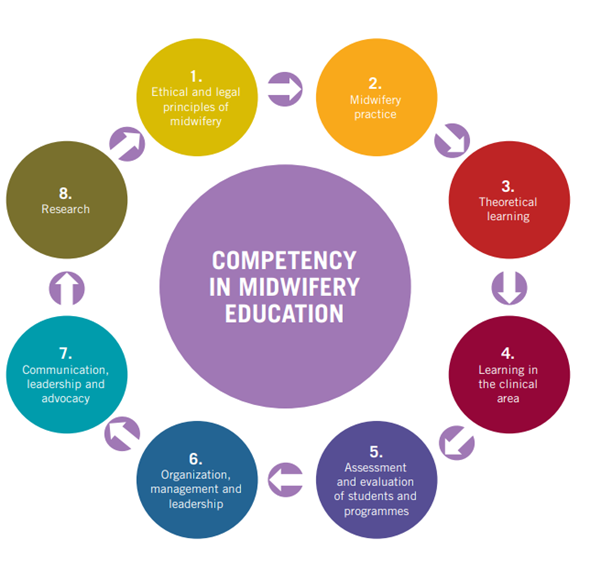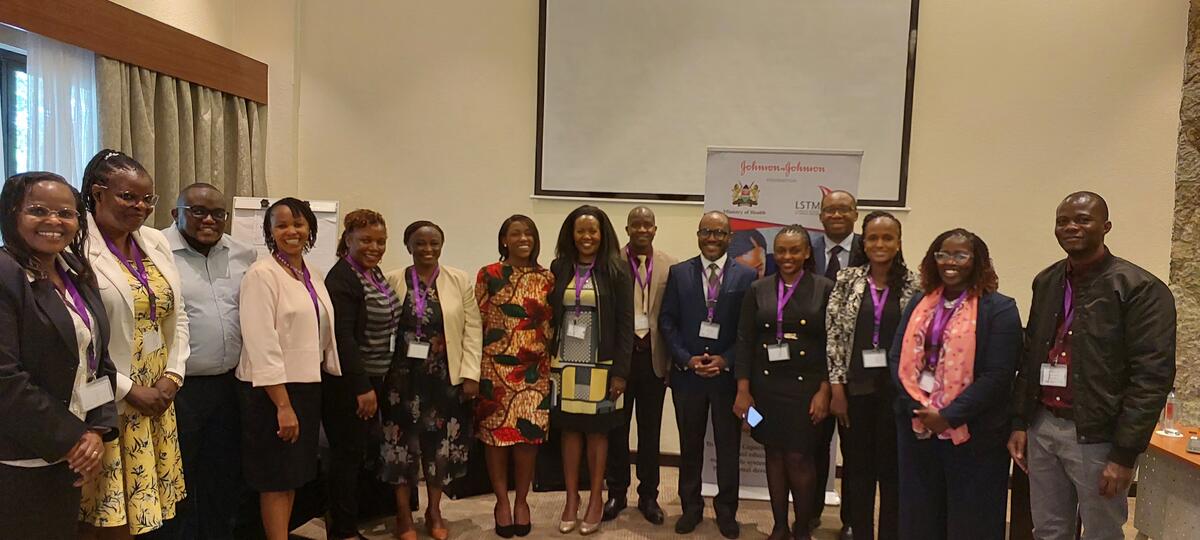
The Sustainable Development Goals (SDG) 3.1 and 3.2 aim at reducing the global maternal mortality ratio to less than 70 per 100 000 live births and end preventable deaths of the newborns, with all countries aiming to reduce neonatal mortality to as low as 12 per 1000 births by 2030. Midway into the SDGs, these targets are off track with a significant burden of MNH mortality happening in sub-Saharan Africa (SSA) and south Asia. The average annual rate of reduction (ARR) observed for maternal mortality ratio (MMR), stillbirth rate (SBR) and neonatal mortality rate (NMR) between 2010 and 2020 were significantly lower compared to between 2000 and 2010. To significantly increase the ARR required to meet MNH SDG targets, equitable access to quality MNH services is required. This involved having enough well-trained Skilled Health Personnel, equitably deployed and retained. Midwives are well positioned to dramatically reduce maternal and newborn morbidity and mortality in hard-to-reach primary healthcare settings that bear the greatest burden of these mortalities. The Global Strategy on Human Resources for Health call for transformative strategies to scale up health worker education is key to midwifery preservice education.
In primary healthcare settings particularly in lower and middle-income countries, midwives are often the most qualified practitioners mandated through their licence to provide care to women and newborns within their scope of practice and play a key role in the accessibility of universal healthcare for the childbearing family. However, there is evidence that midwifery education in low and middle-income countries (LMICS) is substandard. Key challenges include a deficient and largely theoretical training curriculum; inadequately skilled educators not meeting the World Health Organisation (WHO) and International Confederation Midwives (ICM) standards and competencies; inadequate clinical placement for practical experiences; and weak student clinical support through supervision and mentoring.
Midwifery is a competency-based profession often dealing with emergency obstetric and abortion related complications that cannot be managed using traditional birth practices but requires application of lifesaving skills and competencies within the shortest time possible. To prepare a midwifery workforce to deliver all the essential competencies for midwifery practice, WHO sets out the 8 domains of midwifery educator core competencies (see figure).
Additionally, Global Standards for Midwifery Education by ICM (2021) recommend that for a competent midwifery workforce, training curriculum should be competency-based (at least 50% of the content) to address emerging needs. To deliver the competency-based curriculum, ICM emphasizes that midwifery faculty should be well educated, trained, and supported with adequate resources.
The Liverpool School of Tropical Medicine in Kenya, with funding from United Nations Population Fund (UNFPA), Johnson & Johnson Foundation and Foreign, and CommonwealthDevelopment Office, implemented the strengthening of midwifery education Programme in Kenya (2016-2023). The programme also contributed to the review of midwifery training guidelines through the Alliance to Improve Midwifery Education (AIME). Programme interventions implemented include reviewing and updating pre-service midwifery and reproductive health curricula integrating emergency obstetrics and newborn care (EmONC), training and strengthening the capacity of midwifery and clinical officer educators to teach EmONC within the pre-service curricula, implementation of mentorship and CPD programmes to improve the capacity of midwifery educators in facilitating teaching and learning, students’ assessments, giving effective feedback and mentoring; and assessment of retention of EmONC trained skilled health providers in relevant maternity departments.

Key findings from the implementation research studies were presented at a policy dialogue held in Nairobi on 14th December 2023. Deliberations from the workshop point to three policy recommendations summarised below and elaborated in the policy brief (see PDF for download).
- Midwifery curricula and implementation: The role of midwifery education regulator in strengthening midwifery training guidelines and curricula; enforcement of midwifery curriculum review at the end of every cycle and before accreditation of midwifery training programs; in providing guidelines on midwifery student-educator ratio; Investing and institutionalizing a system that actively mandates CPD for midwifery educators and clinical instructors as a requisite for licensing and retention for continuous upskilling with essential lifesaving competencies in MNH is crucial and will contribute to accelerating the annual rate of reduction of MMR, NMR and the attainment of the EPMM/ENAP targets in LMICs.
- Midwifery educator competency: Design and implementation of mentorship support for midwifery educators with an inbuilt peer evaluation mechanism, where new educators are inducted into essential competency training by senior colleagues. This is key and a sustainable strategy to building midwifery educator competencies. Having a system to monitor the implementation of the updated curriculum that integrates EmONC and MPDSR for preservice training reflects in the preceptorship and quality of midwifery students during their clinical placements.
- MNH workforce Policy: There is an urgent need to develop and scale up Human Resource for Health (HRH) policies and tools that optimize deployment and retention of staff in relevant MNH departments for adequate skills mix and improved quality of services. This is critical for impact and as a global strategy for UHC. This approach is consistent with the national strategy to strengthen capacity for improved access to essential maternal healthcare & SRH in primary settings. It is also notable that resource mobilization for capacity strengthening of skilled health personnel in EmONC and MPDSR is required to accelerate the achievement of country EPMM and ENAP targets.
Recognising that the capacity of midwifery faculty has a direct impact on the quality of midwifery graduates, there is need to invest in midwifery educator core competencies through Continuous Professional Development (CPD) programmes. Uptake of the above policy imperatives will go a long way in strengthening midwifery education and practice for improved MNH outcomes.